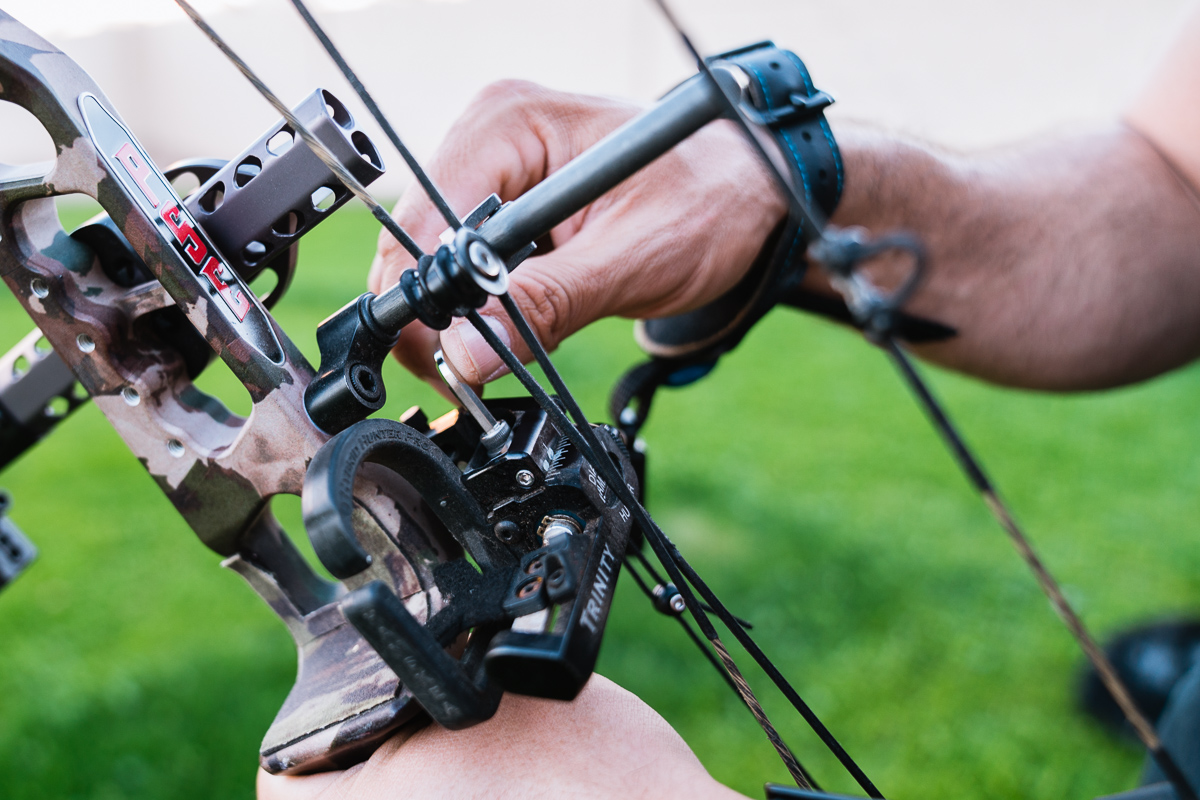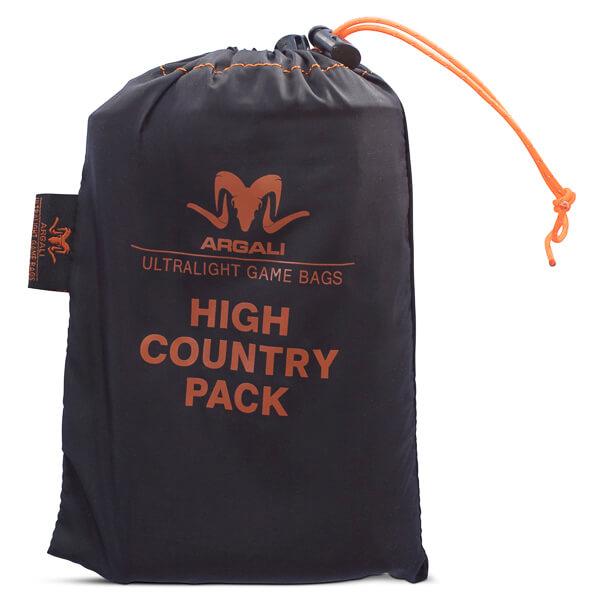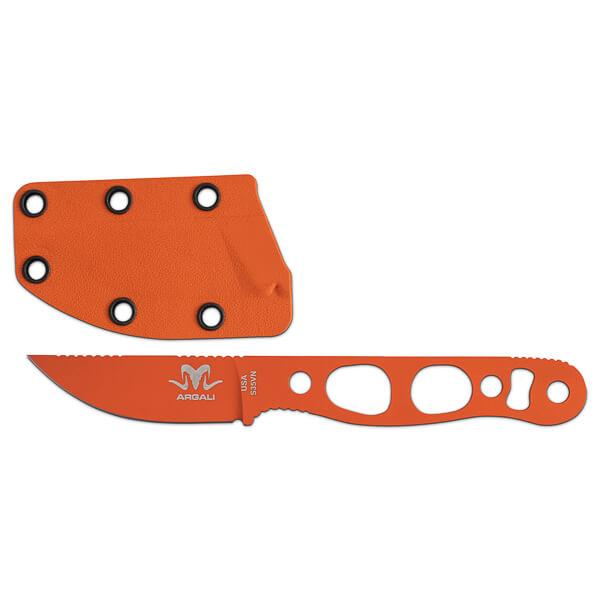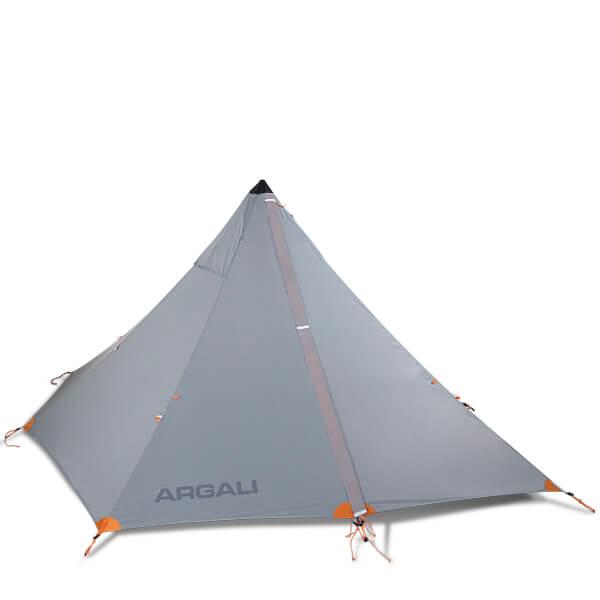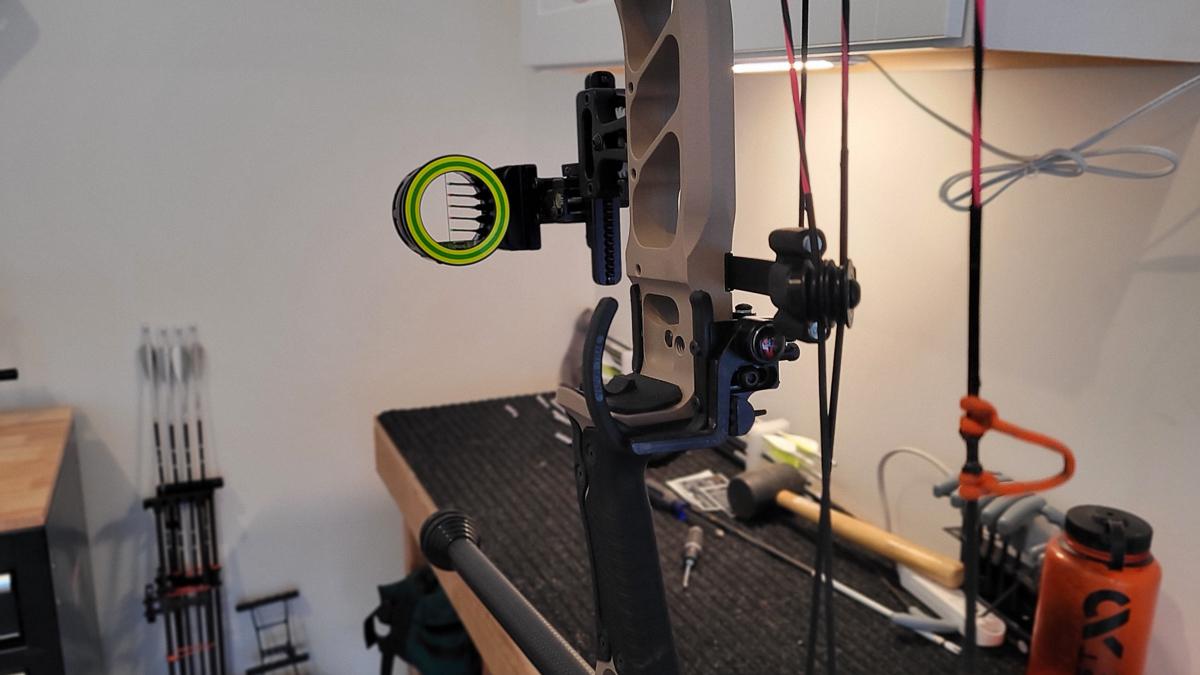
Limb Driven Arrow Rests - 3 Reasons You Should Shoot One
By Josh Kirchner
It’s safe to say that drop away arrow rests are the new standard for most bows, particularly for people just getting into shooting a bow. There are even some ready to shoot bow packages that are coming equipped with them now. Cable driven rests can work well and are a good option. I personally used them for years with good results. When I switched to a limb driven rest though, I had even better results with my shooting. And the more I used one, the more I realized limb driven rests have some key advantages over cable driven rests and I wouldn't be going back down the cable route because of them.
How Does a Limb Driven Rest Work vs. a Cable Driven Rest?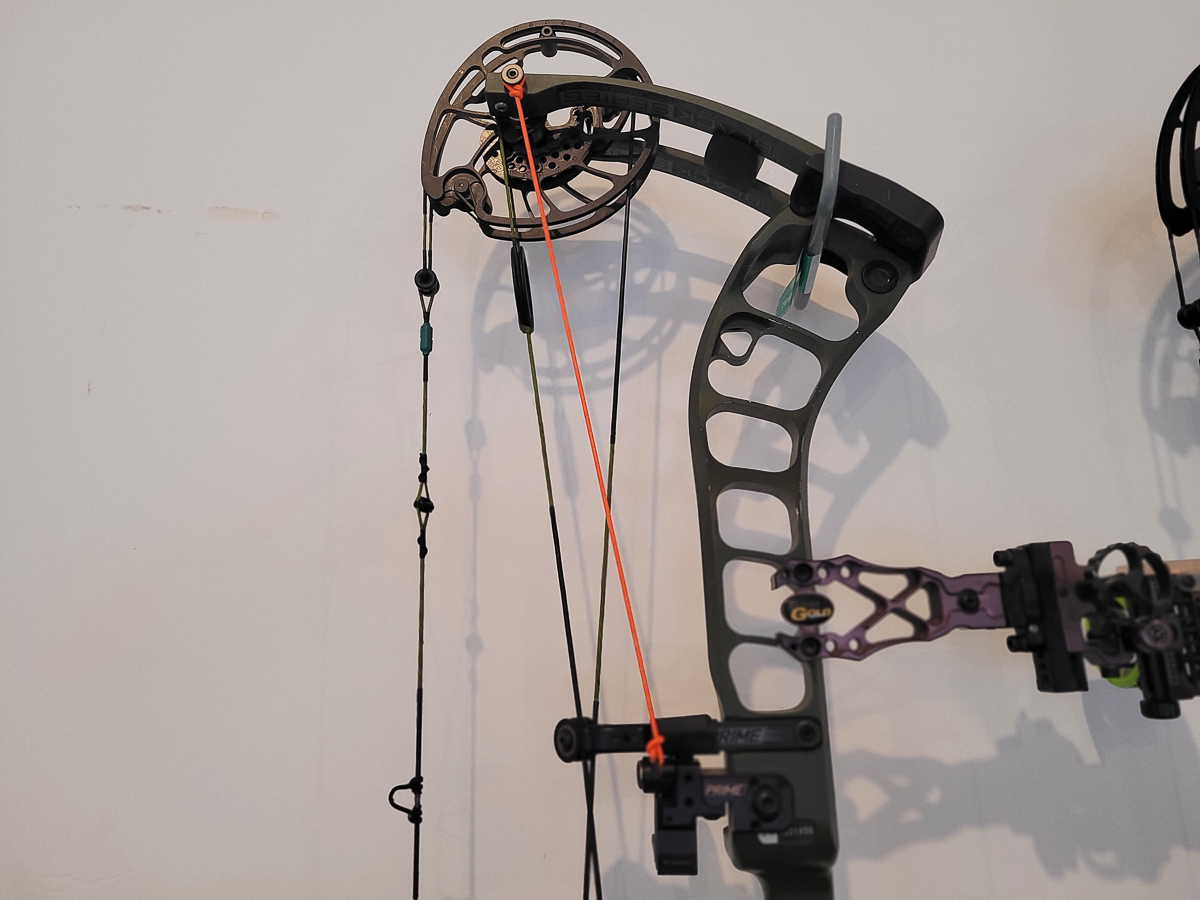
Before I start touting about the reasons why limb driven arrow rests have my heart, it's important to understand the difference between limb driven arrow rests and cable driven arrow rests and more specifically, how they each work.
Cable Driven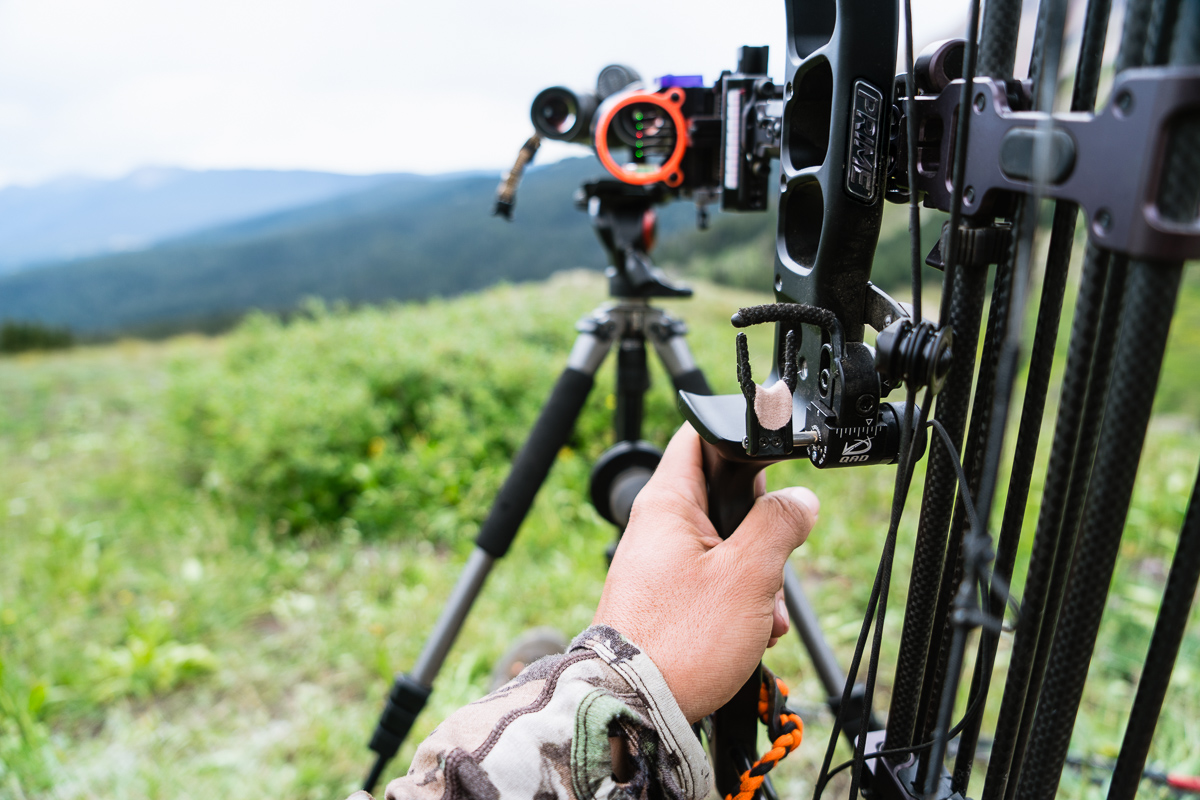
Cable driven arrow rests are designed to function with the cable of your compound bow. Simply put, there is a cord attached to the spring loaded launcher on your rest that holds your arrow in place. That cord is then installed by threading it through the cable of your bow. You’ll need a bow press to do this, because the fibers of the cable need to be loose in order to feed the rest cord through. When taken out of the bow press, the fibers of the cable will be taut. That is what holds the cord from your arrow rest in place. As the shooter draws back the bow, the cable moves down, which pulls the cord attached to the rest. That tension from being pulled will raise the launcher. When the bow fires, the cable returns back to zero, and the launcher drops out of the way so that the arrow can pass.
Limb Driven
Limb driven arrow rests, as the name states, function with the limb of your compound bow. Much like cable driven rests, there is a cord attached to a spring loaded launcher that holds your arrow in place. Instead of being attached to the cable, it will attach to either the top or bottom limb of the bow and be fairly taut when at rest. That tension is what keeps the launcher in the downed position. When the bow is drawn back and the limb bends, the tension is released in the cord connected to the launcher, causing the launcher to raise up and hold your arrow in place. Once fired, the limb returns back to zero, which simultaneously pulls the cord, and drops the launcher out of the way so the arrow can pass.
Advantages of a Limb Driven Rest
1. A More Stable Platform
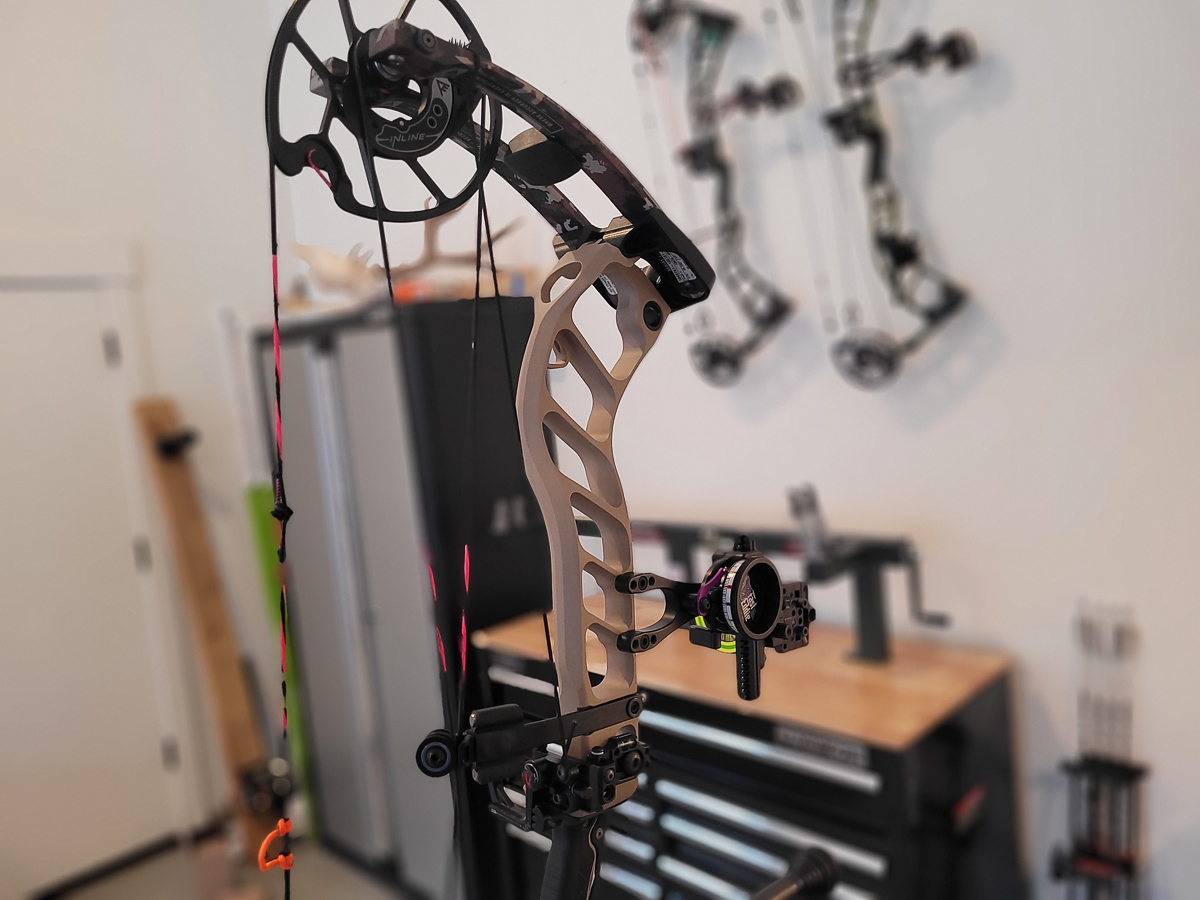
The most significant difference between a cable driven vs. limb driven is the difference in the object you attach the rest to, and therefore the object that causes the rest to move. The cables on your bow are a dynamic object. They will stretch, twist and move over time, which means the paracord connecting the rest to your cable will move. In order to make sure your launcher on your rest is timed correctly so your arrow doesn't hit your launcher, you will have to adjust the paracord length or position in your cable as your cables stretch over time. Adjusting the positioning of the paracord can require the use of a bow press, which is annoying. Not to mention, if and when you have to adjust the timing of your cams by putting in or taking out twists in your cables, that could necessitate also adjusting the paracord connected to the rest.
Bow limbs, however, don’t stretch or twist. They are fixed. Which means that the cord of your rest will return back to the same position time and time again. The paracord connecting the rest to the limb can and usually will stretch a little, but to tighten it takes less than 30 seconds and simply requires loosening a screw, pulling the cord taught, and re-tightening the screw.
2. Easy Field Repair
In a perfect world, our bowhunting adventures would be seamless and nothing would ever go wrong. You and I both know that isn’t how these things work though. The last thing you want to have to do is put your hunt on pause and head into town to fix something, but things happen in the field. This is another huge benefit of a limb driven arrow rest.
Should something go wrong with a limb driven rest, more times than not, it can be dealt with fairly easily right in the field. For instance, maybe the cord on the rest gets stretched or snagged on a branch of a tree. This would alter your rest launcher timing. All you’d have to do is loosen a screw, pull the cord taut again, and tighten the screw back up.
Even if the cord gets cut somehow, you can replace it with paracord and fix it within minutes. Our game bags actually come equipped with 220 paracord used for the drawstring which can be used to replace the cord on your rest if need be. You do not need a bow press for any of this. Even in an extreme situation, if you dropped your bow on a rock and broke your rest, if you had a backup at the truck you could install it, tune your rest and be back hunting the same day. If any of this happened with a cable driven rest, you’d have to head into town to a pro shop. Easy field repair is high on the list of importance for bowhunting.
3. User Friendly Design
Lastly, there has been a recurring theme here throughout this entire article. If you haven’t picked up on it yet, limb driven arrow rests are just more user friendly. There isn’t as big of a barrier to entry for learning and operating on them as there is for cable driven rests. In a world where the term DIY is becoming more and more prevalent, that is a huge selling point for limb driven rests. Anyone with some basic knowledge and an allen wrench can both make adjustments and take care of minor repairs if need be. This means fewer trips to the pro shop, less worrying in the field, and more time to focus on hunting. And from that user friendly platform we get another benefit. One of the most important tools in a hunter’s kit. Confidence. Having confidence in your equipment, and how to use it, can literally be the difference between success or eating a tag. There is nothing worse than drawing your bow back on an animal and wondering if everything is going to work properly.
Rest Assured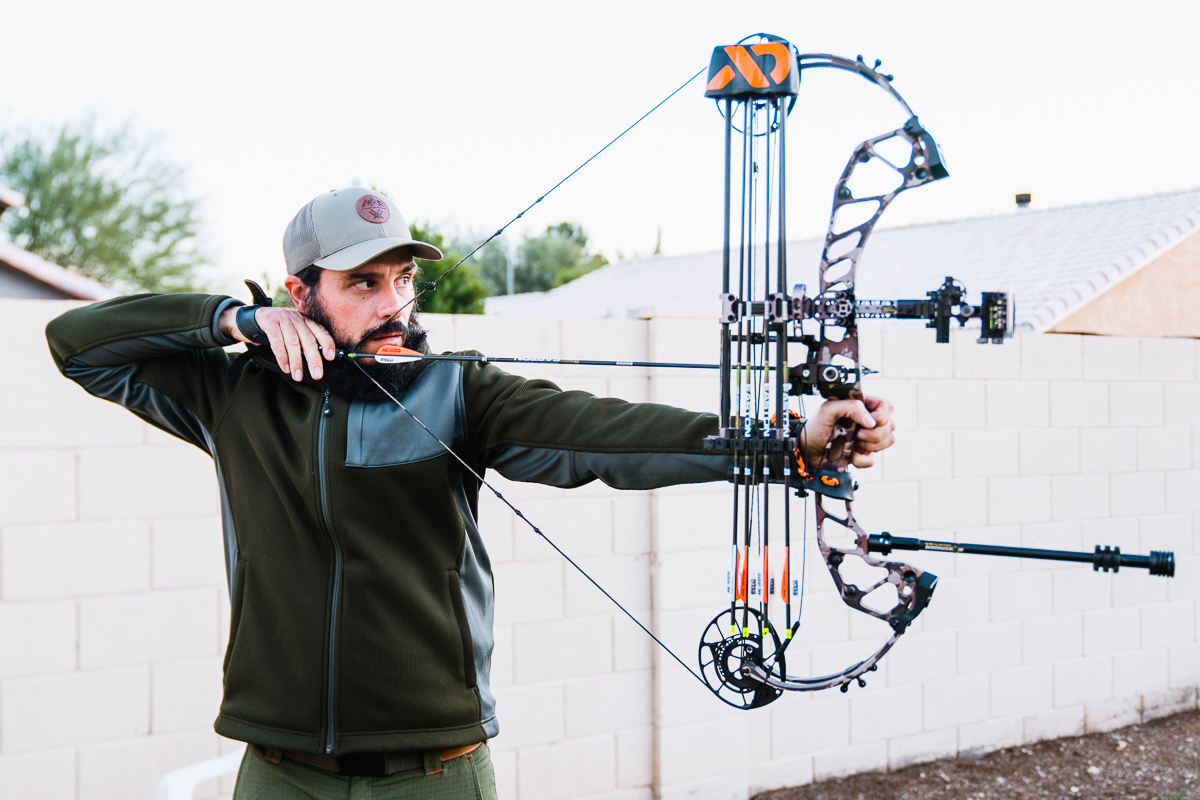
Cable driven rest or limb driven rest is a question only you have the answer for. Bowhunters have great success with both options. All we can do here is give you our personal thoughts on the matter. For us, limb driven rests take the cake, especially for backpack hunting where the need for consistency and reliability is important. Not to mention being able to take care of field repairs while out hunting. There’s no bow press in the backcountry. Limb driven rests allow us to rest assured knowing that our arrow rest is just as ready and capable of the hunt as we are.
